Nurturing "Takumi" Comprising Both Problem-Solving Ability and High Technical Ability
In April 2019, Shizuoka University of Art and Culture, Faculty of Design, focuses on acquiring knowledge of traditional architecture and crafts in Japan such as history, culture, and the relationship with modern society, as well as basic skills that have been passed down. In conjunction, the Takumi Design area was established to develop students who can create new traditional architecture and crafts designs that can be adapted to modern society. “Takumi” here means traditional techniques that have been inherited by craftsmen who have excellent skills in Japanese traditional architecture and crafts.
Background for the new area
The traditional architecture and crafts that reflect Japanese sensibilities and aesthetics are in a dire state due to the lack of successors, in addition to changes in lifestyles and markets. On the other hand, in recent years, traditional crafts incorporated with design have met the needs of modern consumers. It has been highly regarded not only in Japan but also in overseas markets. Also, it is expected to be a new cultural resource that can be disseminated to the world.
However, design education and craft education in Japanese universities are often conducted in separated departments and courses. It is necessary to train experts who have both problem-solving skills through design education and high technical skills through craft education. Design education at Shizuoka University of Art and Culture consisted of three design areas, products, media, and architecture since its opening in 2000. From FY 2015, we expanded to five design areas and adopted a system that allows students to select a specialization from five design areas according to their desires from the second half of the second year. This year, we added Takumi Design, the 6th design area to meet a broader range of design needs.
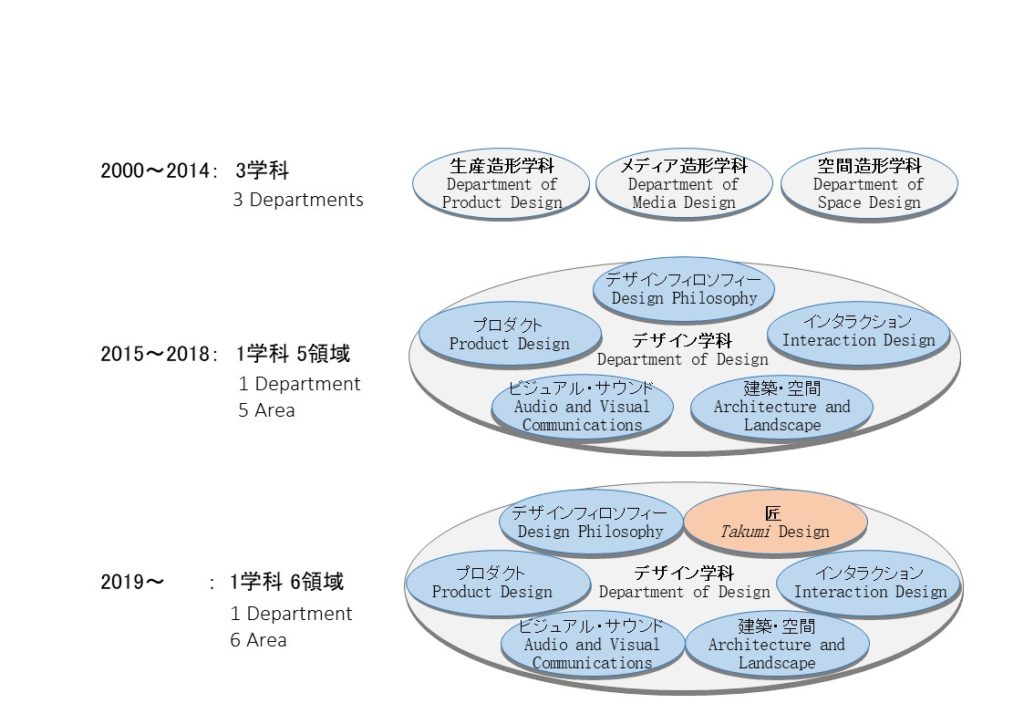
Transitions of design education at the Shizuoka University of Art and Culture
Takumi Design
The Takumi Design area consists of four majors: traditional architecture, wood crafts, metal crafts, and dyeing and weaving. Based on design education, students learn traditional modelling skills exploring the materials and processes with their own hands. The purpose is to have training plans that systematically nurture experts in traditional architecture and craft.
【Traditional Architecture】
Students will learn about the history and culture, gained experiences of the traditional Japanese architecture of leading technologies, designs, art, crafts, etc. Though the understanding of the basic skills and designs of wooden architecture, to nurture students who can propose architecture design that we can be proud of in the future.
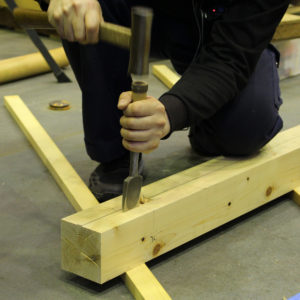
【Wood Craft / Lacquer Art】
Students will learn Japanese woodcraft techniques that have been inherited, living in wooden houses surrounded by tools and furniture using wood. Through these experiences, to nurture students who can draw out the charm of wood and propose new Japanese wood design.

【Metal Crafts】
Students will learn various technologies and techniques that have been devised and studied for dealing with metals since ancient times. Based on this knowledge and experience, to nurture students who can propose new directions for metal shaping.
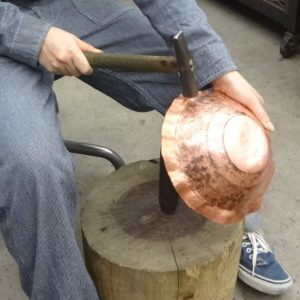
【Dyeing】
Students will learn the techniques of dyeing and weaving, which are also traditional Japanese crafts, along with their history and culture. Through these experiences, to nurture students who can propose textile designs that span a wide range of design fields.

Community Collaboration
Shizuoka Prefecture has inherited many traditions and cultures that flourished in the Tokaido Post Towns. We believe that cooperation with the local community is an essential core of the Takumi Design area. Currently, we are working on projects in collaboration with the local traditional industrial fields. We are also engaged in activities such as holding related public lectures to strengthen further exchanges with local communities.
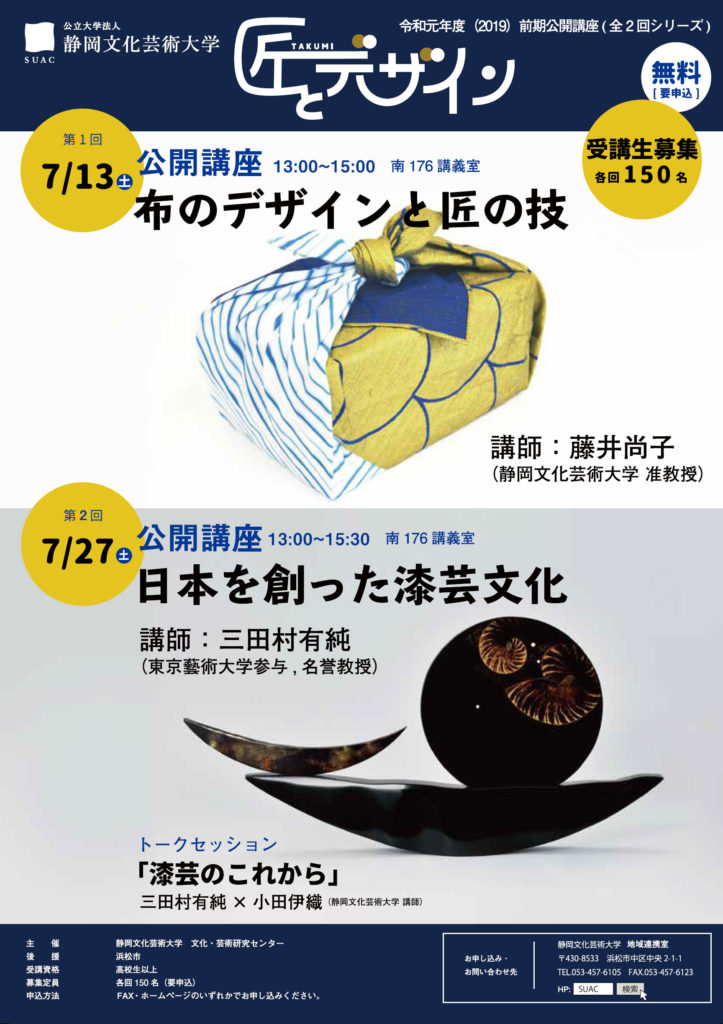
Extension lectures by artisans

Demonstration by a carpenter of the Japanese plane
We invited the 14th generation “Miyadaiku” (specialists in construction of shrines and temples) as the lecturer, speaking on wood processing experience using traditional carpenter tools such as “Kanna” and “Chona”
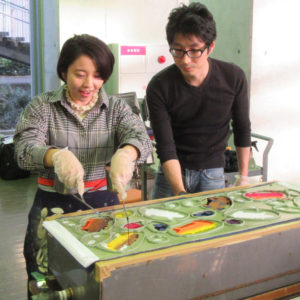
Chusen dyeing experience
“Tyusen” textile dyeing experience in collaboration with Hamamatsu’s textile industry, a major producer of cotton fabrics and has a large national share in dyeing yukata fabrics
2020.3.31

 Return to List
Return to List